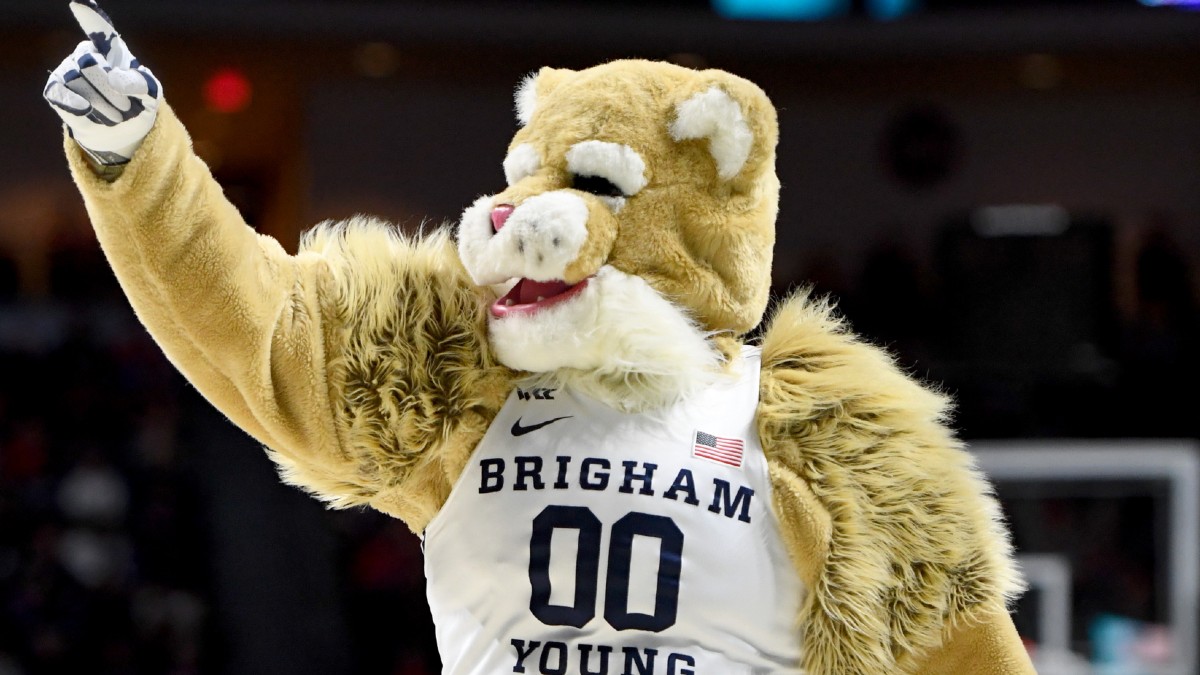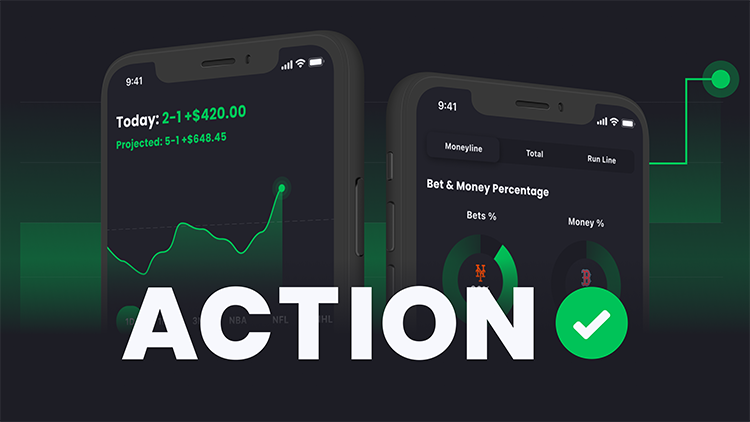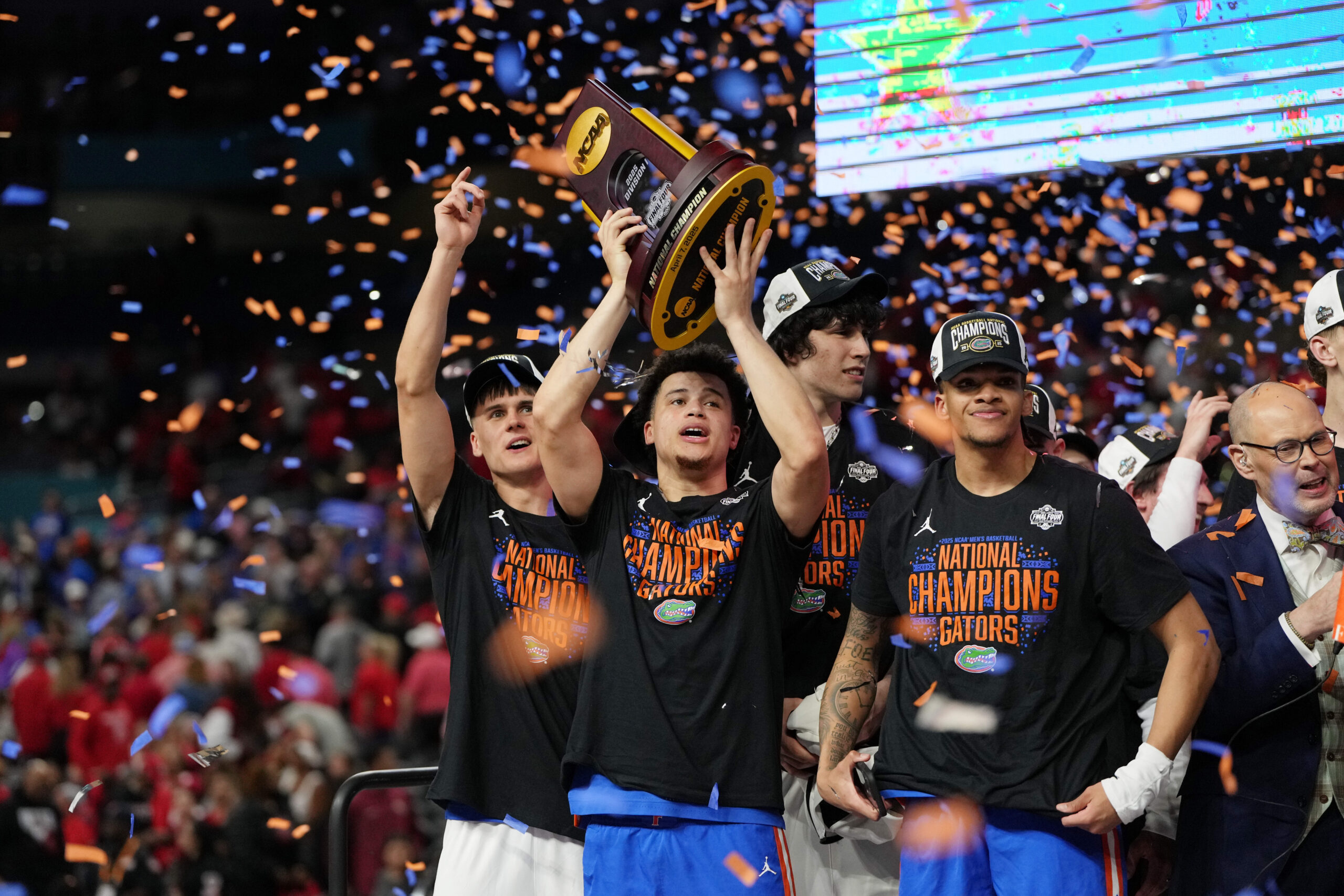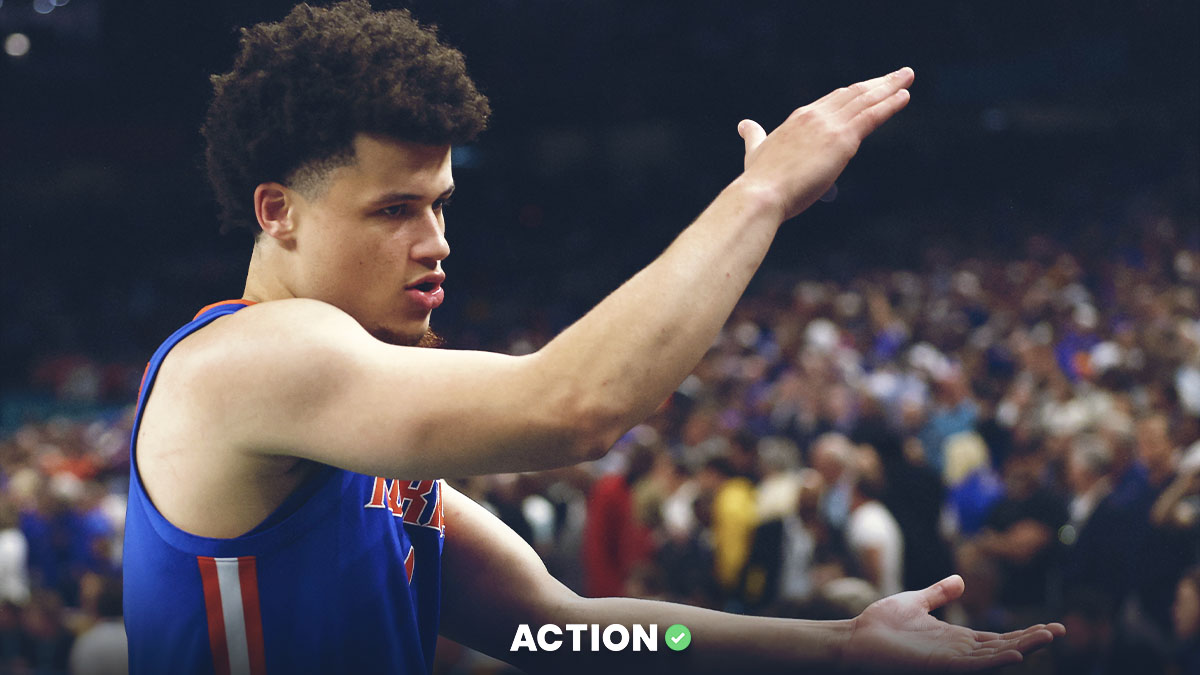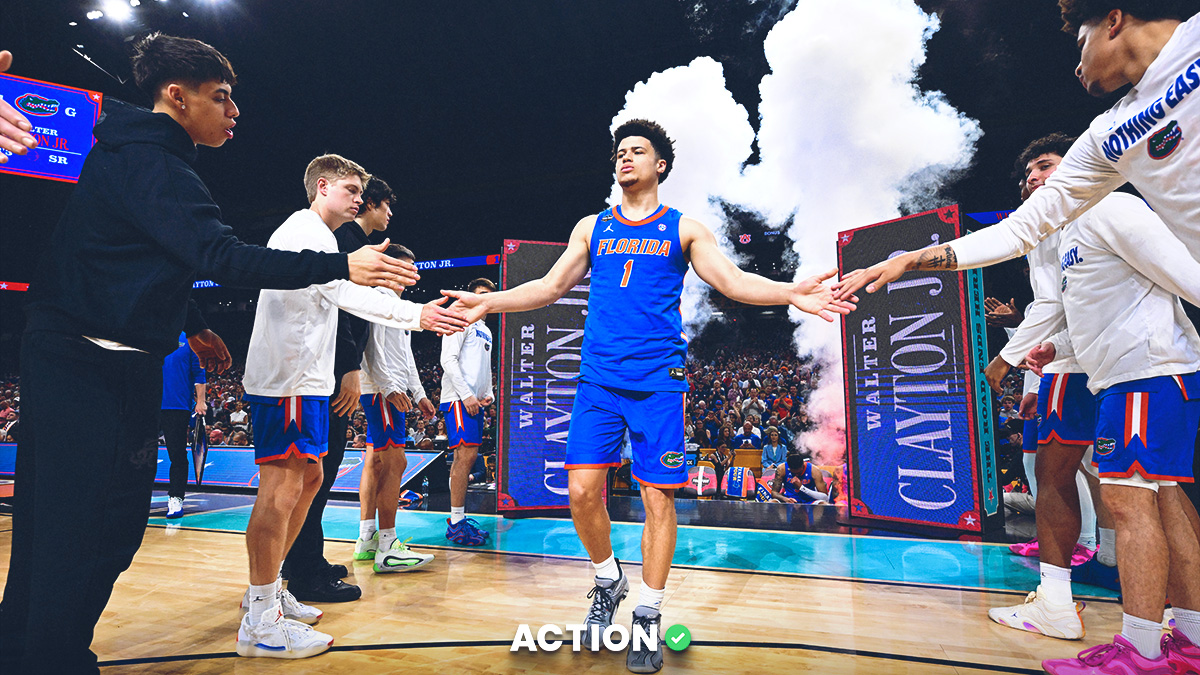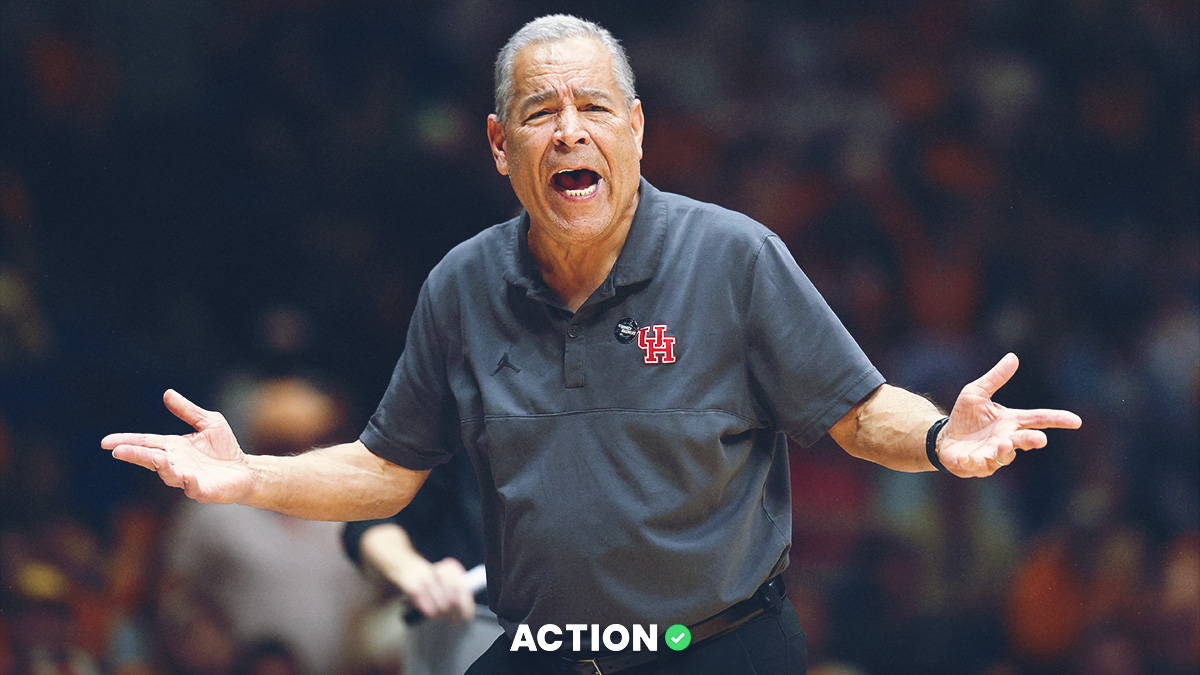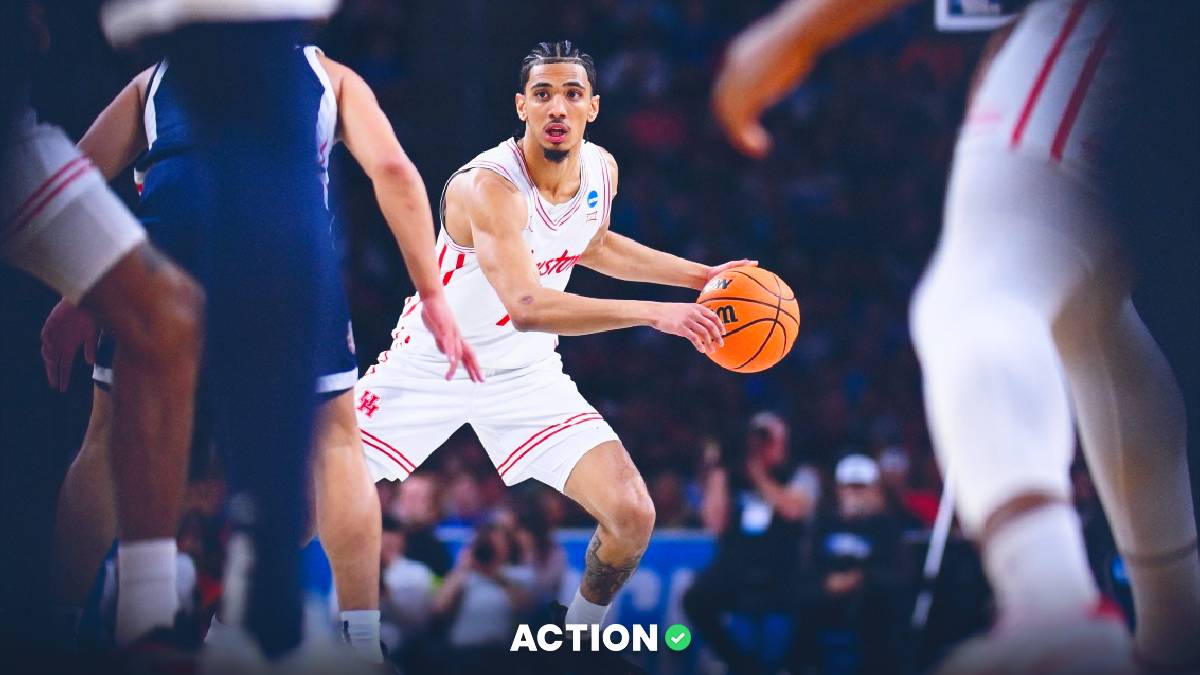With March Madness on the horizon, fans and bettors have their sights on the Big Dance.
Before we get there, though, there’s plenty of sorting out to do still in the regular season. While you may have been asleep, the West Coast Conference has grown into a viable multi-bid league with several teams beyond No. 1 Gonzaga pulling off some big wins.
This season, there are three other WCC programs that are worth a look, each offering a different opportunity for the betting public down the stretch.
Previous Mid-Major Reports
- Boise State, Abilene Christian & Colgate (Feb. 4)
- Marshall, Furman & Dayton (Feb. 1)
- Richmond & Western Kentucky (Jan. 28)
- Saint Louis, Toledo & Colorado State (Jan. 26)
- Drake, Loyola-Chicago & Utah State (Jan. 19)
BYU Cougars
15-5 (6-3) • 2nd in WCC • 10-6-3 ATS
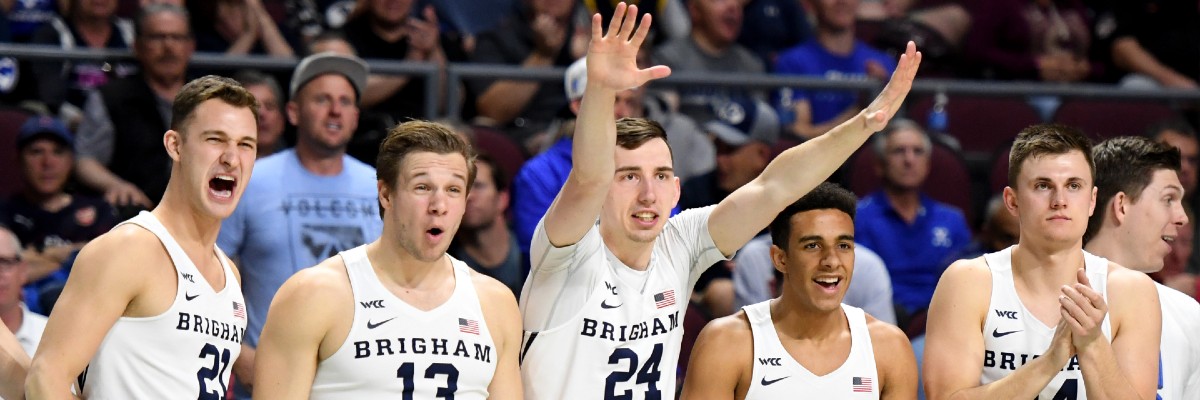 | |||
While Gonzaga is the headliner of the West Coast Conference this (and every) season, the Zags aren’t the only team from the league primed to make the tournament.
Bracketology aggregator Bracket Matrix pegs the Cougars as an 8-seed, thanks in large part to a trio of impressive non-conference wins over St. John’s, Utah, and San Diego State.
BYU sits at 15-5, having lost both of its cracks at the nation’s top team, Gonzaga.
Mark Pope has built a strong squad in just his second season as the head coach at BYU, primarily through transfers that have come to Provo. The Cougars' top four scorers are transfers, including three players who have spent time with a power conference program and two who previously played for Pope at Utah Valley.
The most recognizable face (and hair) in the group is former Purdue center Matt Haarms. He was a highly sought-after graduate transfer after leaving the Boilermakers, providing any school with a rim-protector and tournament-ready big man.
He’s performed mostly as advertised, posting 10.8 points and 1.7 blocks per game, while leading the WCC in block rate.
But Haarms has continued the most concerning trend from his time at Purdue, failing to reliably produce as a rebounder. In four college seasons, the 7-foot-3 center has yet to average more than 5.4 rebounds per game.
In 120 college games, Haarms has nabbed double-digit rebounds just twice, neither of which have come this year at BYU. Both times the Cougars faced Gonzaga, the 7-footer hauled in just one rebound. The thin-framed big man has shown an ability to affect shots at the rim but struggles against centers with real size and lower centers of gravity.
Haarms is joined in the starting lineup by Cougars leading scorer Alex Barcello. The Arizona transfer is averaging 15.5 points and 4.6 assists, while shooting 46.8% on four 3-point attempts per game.
BYU’s power conference opponents (and Gonzaga) have focused their defensive gameplans on Barcello. He was held to single-digit scoring in games against Utah, Gonzaga, and USC, shooting just 8-for-26 in those three contests.
Overall, the Cougars have a well-balanced offense that looks to find advantageous matchups and scoring chances for Barcello and Haarms. Defensively, BYU struggles to make splash plays, ranking in the bottom 20 in the nation in steal rate and at the bottom of the WCC in turnover rate forced.
Instead, the Cougars grind out stops defensively, forcing action towards Haarms and his long arms in the paint. Teams with the ball movement to attack the BYU defense, and the size to counteract Haarms, have had success against the Cougars. BYU has won just one of its five games against projected at-large teams.
Saint Mary’s
11-5 (2-3) • 7th in WCC • 9-7 ATS
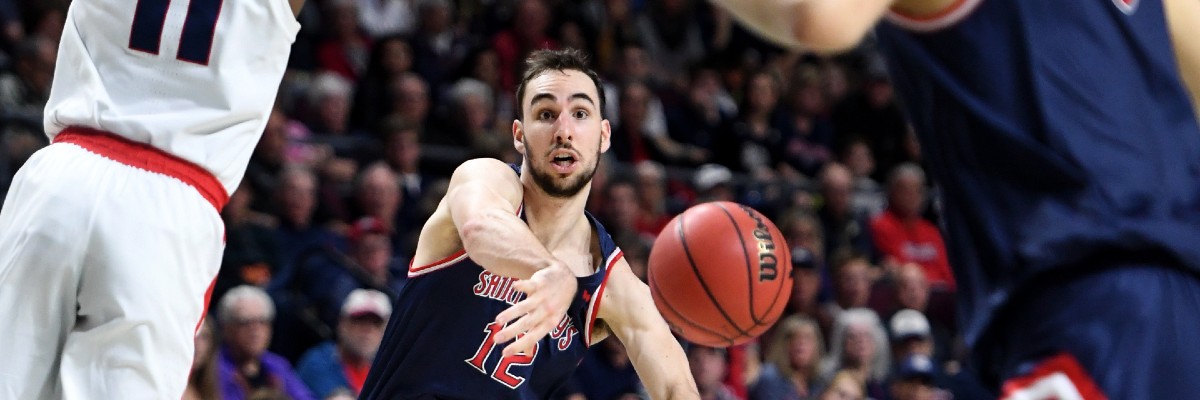 | |||
Typically, the Gaels provide the most resistance to Gonzaga in the West Coast Conference. That hasn’t been the case this season, with Saint Mary’s losing two cornerstone players from last year’s team.
Seniors Jordan Ford and Malik Fitts averaged a combined 38.4 points last season, accounting for over half of Saint Mary’s points on the year.
With that production no longer in the program, the Gaels have turned the ball to Tommy Kuhse, who has played all but nine minutes in five conference games. Kuhse has been efficient leading the Gaels, posting an assist rate of 32.2 and coughing up just 33 turnovers all season while handling the ball the majority of the time.
Kuhse is running Saint Mary’s patented style of play, the only team that challenges Virginia in terms of pace of play every season.
The Gaels have played as one of the 20 slowest teams in the nation each of the last six years. That incredible patience leads to smart decision making — Saint Mary’s commits turnovers at the lowest rate in the WCC.
This team, however, wins games on defense. Saint Mary’s ranks in the top 50 of defensive efficiency, excelling in very specific areas of the game.
First, the Gaels look to run opponents off the 3-point line, allowing the fourth-lowest rate of 3-point shots in the nation.
Second, Saint Mary’s cuts off passing lanes and forces teams into difficult shots. No team in college basketball allows a lower percentage of assisted field goals as Saint Mary’s.
Lastly, the Gaels do an excellent job of punctuating their defensive stops with a rebound. Saint Mary’s ranks seventh in the nation in defensive rebounding rate, hauling in almost 80% of opponents’ misses.
Saint Mary’s unique style of play and lockdown defense can throw any opponent into a bind offensively. The Gaels are so keen on playing the game on their terms, often forcing their foes into poor shot selection and negative decisions.
If Saint Mary’s can find its way into the NCAA Tournament, that recipe can result in early-round victories.
San Francisco
10-8 (4-4) • 5th in WCC • 8-10 ATS
 | |||
The Dons caught everyone’s attention early in the season by stealing a one-point win over Virginia on Black Friday. Since then, however, San Francisco has not been able to keep the momentum going to be credibly included in the bubble discussion.
The Dons' win over Virginia is essentially offset by a loss to UMass-Lowell and San Francisco sits at just 4-4 in West Coast Conference play.
That doesn’t mean the Dons won’t have gambling value in the month remaining before tournament play. San Francisco head coach Todd Golden is one of the most analytically-driven minds in college basketball. That means his team is driven by its success behind the 3-point line.
Only two teams in college basketball score a higher percentage of their points from outside the arc than the Dons. Combined with a fast-paced tempo, that puts San Francisco’s 30.2 long-range attempts per game as the second-most in the nation. Half of San Francisco’s field goal attempts come from beyond the 3-point line, the fifth-highest percentage in Division I.
Defensively, Golden’s prioritization on the long ball continues, where the Dons rank in the top five of allowing the fewest percentage of field goals from 3-point land and percentage of points from long range.
With so many 3-pointers coming offensively and so few coming on the defensive end, San Francisco’s relationship to the free-throw line is also out of whack. The Dons have a bottom-five free throw rate offensively and send opponents to the charity stripe at a top-20 rate in the nation.
All of this makes every San Francisco game incredibly high variance. That’s how the same team can beat Virginia (while shooting 13-of-28 on 3s) and lose to UMass-Lowell (5-of-26 from outside) in the same week.
It makes betting on the Dons or the over a frustrating exercise, but looking at San Francisco’s opponents’ tendencies could open up some opportunities.
Against mighty Gonzaga, which does most of its damage inside the arc, the Dons likely struggle. Against a Pepperdine team that allows 3-pointers and is due for some regression, the Dons look a lot more viable.


